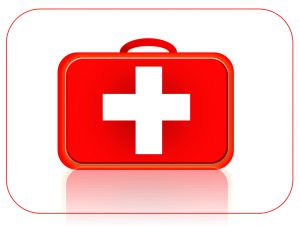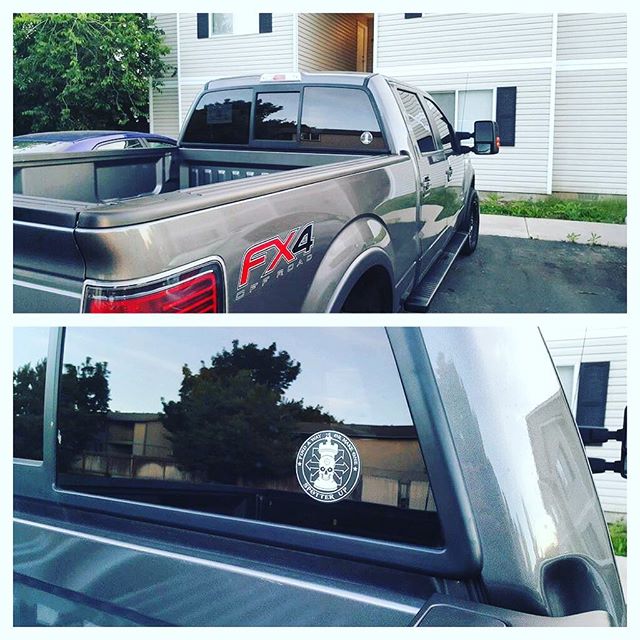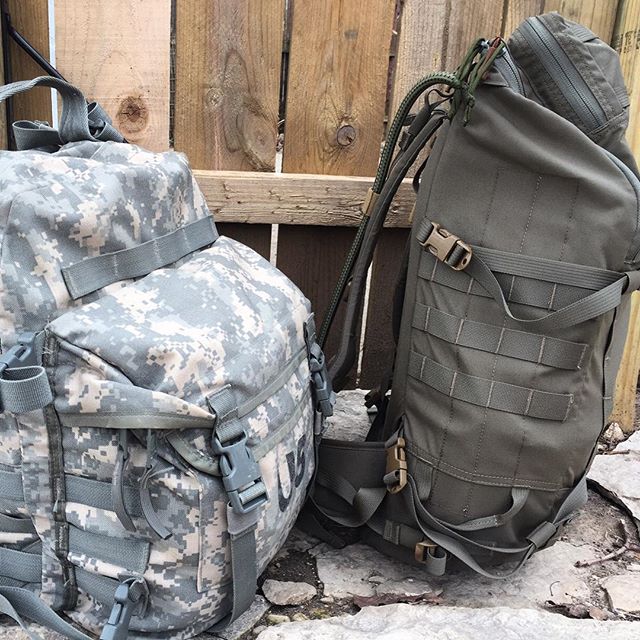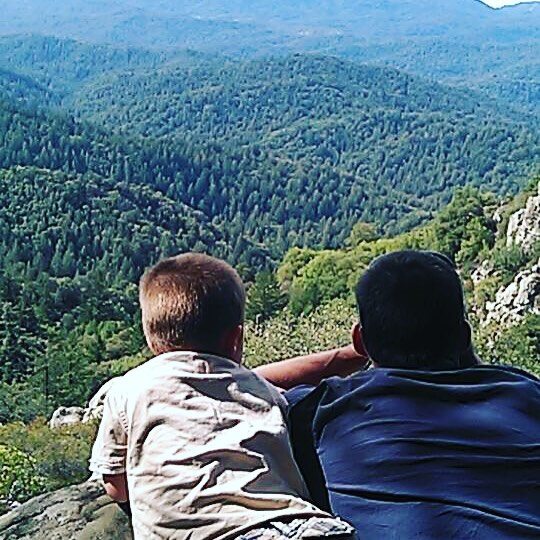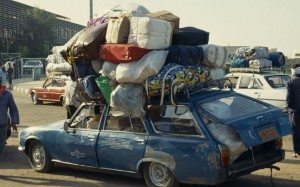
Do you really want to hang around when a major disaster occurs? When the power goes out, the water supplies are contaminated and looters overwhelm your city, you need to be mobile, ASAP. But are you going to be prepared?
Do a few simple vehicle checks beforehand to prevent getting a headache come Bug-Out Hour. Do you think this won’t happen. Look back to Hurricane Katrina and Sandy. Many people wanted to flee but ran into vehicular problems.
Check the glove-box. Check for the owner’s manual and registration. If your vehicle manual is missing, consider ordering a replacement. Check online with the automakers because some allow you to download the manual in PDF form. Check to make sure your registration is current in case your vehicle is stolen. This is the time to go through a checklist and determine what needs to be repaired or maintained. If you are unfamiliar with how cars work then be sure to keep a manual with you on the road.
Get scheduled maintenance or major repairs done. If your car needs major repair or maintenance, get it done now, before it’s too late. Having the oil or spark plugs changed are some of the minor issues that may reveal larger problems to your vehicle. Schedule repair or maintenance to resolve it while there is time.
First Aid Kit. Have one in your vehicle at all times.
Check the air filter. Clean or change your air filter because clogged filters reduce fuel economy.
Check the coolant. Check to insure the vehicle has the proper mixture of antifreeze and water. Change the coolant if it needs to be done.
Check the tires. Check your tire tread. The recommended method of checking is to insert the edge of a penny, with Lincoln’s head pointing down, between the treads. Purchase new tires if you can see the space above Lincoln’s head.
Check the instructions in the manual or the sticker on the door jamb for the amount of air pressure needed. Make sure the tires are inflated to the proper pressure. Many cars have two recommended ratings, one for light loads and one for heavy loads and/or high speeds. Set the pressures when the tires are cold. Keep in mind that blowouts can occur when extra heat builds up due to low tire pressure.
Check the spare tire. Make sure the spare tire is fully inflated and that the wrench, jack and other tire-changing tools are in the trunk. Make sure you have the adapter for the lock-nut if your tires have wheel locks.
Keep your gas tank filled. Thousands of vehicles on the road is going to make it hard to refuel. Gas may be unavailable or will be more expensive on the road. Never let your fuel get lower than at half level.
Check what you’ve packed. There’s nothing worse when beginning a road trip only to discover what you need to bring with you doesn’t fit. In a real emergency you don’t want to waste your time trying to re-load the vehicle properly. Pack your essentials and leave your luxuries at home. You don’t need folding, lawn-chairs, bathrobes and 5 sets of pots and pans.
If you’re going to evacuate and take everything with you then at least have a game plan. You could practice loading beforehand. Doing timed drills is a way to see how long it will take to get moving. If you have a lot of supplies, you might want to invest in a luggage trailer.
Take a last minute look at what you packed. Leave behind anything you can do without.
Load evenly and carefully. An overloaded car is hard to handle, especially in emergencies calling for quick maneuvering. Under heavy loads cords in the sidewalls cab begin to snap and the edges of the tread can separate. Not only does abnormal flexing under heavy loads cause injury to tires, but the car’s springs and shock absorbers may be strained to the point of actual damage.
Maps
Carry multiple maps and a GPS in your vehicle. A satellite system may not be working but some GPS models can allow you to look at your pre-loaded topographical maps. If it takes an SD cards you can view e-books and documents. You can also take along a lap-top car charger, PC and a thumb drive with your pre-loaded info.
You need a current, detailed city map. If there are blocked roads from construction, flooding, clogging traffic or true dead ends, you’ll need alternate routes out of the city. Be sure to have something the most current year on hand.
A topographical map: You need something current that depicts water sources (lakes, streams, rivers) and roads other than interstates and freeways.
A Road Atlas: Once you get out of your familiar zone, you will need this to locate areas you want to avoid or enter.
Where can you Bug-out?
If you have a place to go, don’t wait around, head straight for your destination. The further you can get away from populate areas, the better off you are. SUV’s, RV’s and tow-trailers are fine for carrying people and supplies on vacation. But try navigating around vehicles and corners while thousands of people are doing what you’re doing; fleeing. If you’re in open area in Wyoming or Utah this might be fine, but getting out of metropolitan areas like DC or New York is going to be tough.
Parking lots in areas near restaurants or big-box stores, such as Walmart, Lowes, Home Depot, are likely to be clogged.
If you don’t have a cabin in the woods or a link-up spot with other families, then head towards areas with water sources; Rivers, Streams, Etc. Camp grounds on your route may be overwhelmed. Try to have a few alternate sites planned out to go to.
Government run shelters.
You are going to be under their authority and this means they may confiscate your weapons, ammunition and may perform vehicle inspections. Stay away from these. Not only that, but you will have to deal with a flood of refugees seeking shelter and resources. Lots of people will be in need but they also bring with them unattended children, animals, drugs, alcohol, loud music and weapons.
Once you hit the road, don’t think about going back for something you forgot, because you may never get back out. Road blocks, looters, or changing terrain (fallen trees blocking roads, mudslides) may stop you from getting where you need to go. If the disaster clears, you can back home, but if a disaster is serious would you really want to stop to look? Keep driving and don’t look back.
brought to you by the dudes at Spotter Up!

